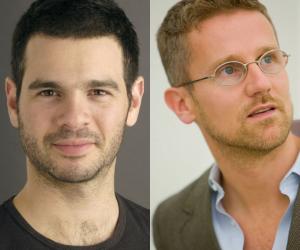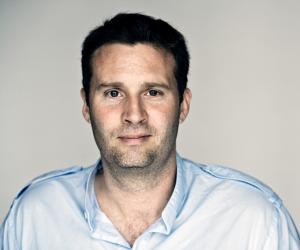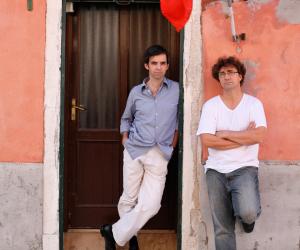Paul Priestman: Public transport is the way forward
Paul Priestman, founder of internationally renowned multidisciplinary design studio Priestmangoode, speaks about his projects that encourage people to use public transport. He elaborates on how design can benefit both commuters and public transport workers.
Assaf Biderman: Transport systems in the cyber-physical city of tomorrow
Assaf Biderman, associate director of the SENSEable City Lab at MIT, talks about the lab’s partnership with the City of Cape Town to effectively integrate public transport into the city fabric. Biderman is particularly interested in ways that cellphone infrastructure and mobile connectivity can help facilitate an understanding about what drives people to use public transport.
Scholten & Baijings: Designing cars in the future
Product designers Stefan Scholten and Carole Baijings of Scholten & Baijings Studio prefer to make their own materials, colours and models when working on projects. Most models are made out of paper or cardboard and represent the future of a specific design. At Dutch Design Week 2012, the duo spoke about their redesign of a MINI, looking at individual parts in a simplistic way to expose a variety of personalised car designs of the future.
Jens Martin Skibsted: The evolution of the bicycle
Jens Martin Skibsted, founding partner of Skibsted Ideation, KiBiSi and Biomega, argues that design can go a long way to encourage more people to choose bicycles as a form of urban transport. The Dane talks about idea-driven design, hedonistic sustainability and ensuring that quality designs are also aesthetically sustainable.
Urban-Think Tank: Designing for mobility and connectivity
Urban-Think Tank's Alfredo Brillembourg sits down to discuss what he feels constitutes a "free city". He gives insight into how mobility and connectability can be addressed in informal settlements.












